(2008 English language film, shot entirely in the city of Bruges, Belgium. It revolves around three characters. Ray (Colin Farell), a rookie assassin, and his mentor hitman Ken (Brendon Gleeson). Thirdly, their boss, Harry (Ralph Fiennes))
The dark humor laced tale of ‘in Bruges’ revolves around ‘Ray,’ a rookie assassin who accidentally kills a young boy while on an assignment to kill a priest in a church. This movie instantly reminded me of the Hindi film ‘Karam,’ in which John Abraham, a professional assassin, accidentally shoots a family, including a young girl.
The death of innocents torments both John and Ray. Guilt-ridden, their lives are spiraling out of control. However, the similarities in the trajectories of John and Ray end at the premise stage. John is a ‘Bollywood’ hero, and heroes in Bollywood do not make mistakes of their volition. They are tricked into making a mistake. Poor John was fooled into taking the shot by the villain. A convenient cop-out.
Out of pure sentimental justice, John dies and pays for his sins of action, but he is clear of all moral dues.
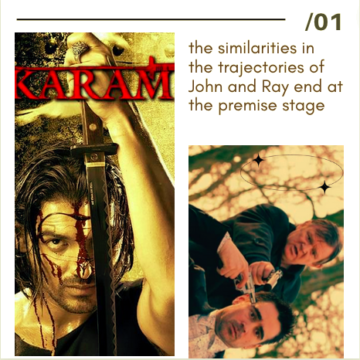
‘In Bruges,’ however, takes an entirely different approach. It quashes sentimentality through its dark humor treatment, and all that is left is the moral conundrum.
The film’s imagery does not let us forget the central premise of morality. The events are set off by a murder of a saintly robed priest in a confession chamber. The rest of the movie is set in the city of Bruges, a town stuck in medieval times, with gothic churches and religious relics everywhere.
The streak of dark humor is poignant; the young boy dies in the church only because he is there to confess his sins—Pre-teen sins like being moody and being bad at math.
After the events, the bosses send Ray and his mentor Ken to cool off in Bruges. The movie’s characters are written with a special lacquer. Ray spots a film shot in the city and gets close to the set’s production assistant Chloe. Chloe is a hustler, production assistant cum drug dealer. She occasionally targets tourists by luring them into dark alleys and robbing them with her aide cum boyfriend, Erik. Along the way, we meet a dwarf. Before we feel bad for his disability, we realize he is a drug hoarder, and worse, he is a racist waiting for a war between blacks and whites. The city full of religious relics is also full of morally ambiguous individuals.
In all this melee, we learn the real reason for the trip. Ken’s boss, Harry, orders him to kill Ray: ‘as a matter of principles!’
It is a clash of moralities. Harry is like an orthodox follower of religion. His righteousness is based on straightforward rules, causes and effects. If you kill a boy, the punishment is death—no ifs and buts.
Ray’s morality is more contemporary, based on human morality. He understands he has committed a mistake and understands that punishment is due. But, what is an appropriate punishment is his confusion. He tries to kill himself as penance but is willing to give himself a leeway due to the crime’s ‘accidental’ nature. The gravity of the crime and the gravity of intent in adjudicating crime: the dilemmas of our modern justice system.
The movie plays on these moral pronouncements. Ray punches a Canadian couple in a restaurant. When admonished about hitting a woman, he takes cover in the argument of self-defense.
Ken is caught in the middle. As Ray’s mentor, he feels a duty towards Ray. As Harry’s employee, he feels an obligation toward Harry. Ken believes in redemption and hopes for a second chance for Ray. Ray’s suicide attempt convinces Ken that Ray is repenting and is a fit case for finding redemption. He disobeys Harry to give Ray a chance and pays for it with his life.
Harry has no moral qualms. ‘Intention’ is just an excuse, and it should not matter in pronouncing punishments. Repentance is for the sinner, and punishment is about delivering justice to the victim. Harry’s actions appear as if he is reading out from some code.
‘Reading out!’ Yes,
that is what this film feels like. It feels like reading a book. The conversations are deep, circumnavigating around the central theme of morality. In one instance, Ken and Ray visit an art exhibition. ‘Is death the ultimate punishment?’ they ponder while viewing the painting of the skinning of a judge as punishment for his corruption. When the arbiter of justice itself is corrupt, it indeed is a graver offense than murder. Then how can he be hanged like a mere murderer? He has to die in the agony of watching his skin getting peeled off from him. Each conversation is like reading an essay on morality.
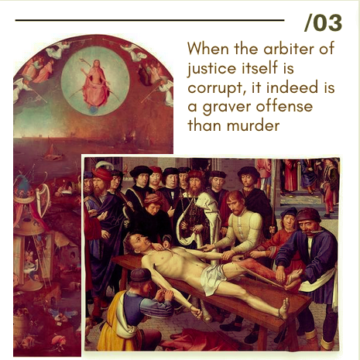
The ‘human’ in human morality is investigated. Does Ken believe in redemption for Ray, or does he yearn for redemption himself? The writers have ensured that no one in this film is squeaky clean other than the innocent moody boy who dies accidentally. Everyone is a sinner, assassins, drug dealers, racists, and obnoxious maniacs. In a clever way, the film is asking us, can anyone be genuinely innocent other than a child? In the climax, Harry and Ray decide to take their fight out of a hotel because the owner is pregnant. If she wasn’t carrying a child, Harry surely would have bumped her off, as she was in the way of his code. We know this because Harry does bump off Ken when Ken tries to obstruct him from going after Ray.
The amazing aspect of the movie is that even if you ignore the deep conversations, you can still experience a coherent comedy of errors. And, if you pay attention to what is being said, we get a deep philosophical inquiry, which requires a ‘thehrav’ (a stillness), nicely contrasting the hectic action on screen.
The ending is laced with the deepest shade of dark humor. But again, the film has a visual side to it and a ‘reading’ side to it. Visually, we have the act of Harry accidentally killing the dwarf from earlier. Thinking he has killed a boy, Harry follows up on his code and kills himself, completing the circle. However, at the same time, we have a severely wounded Ray telling us ‘he hoped to live.’ After all the death and mayhem caused by his actions, Ray still hopes to live. His morality still does not see death as a just consequence of his actions!
The ending is the gist and the genuis of the movie. The sequence on screen is an apt ending for the movie’s dark humor. If you are not in the mood to listen and just follow the visuals on-screen, the story arc feels completed. Starting with one accidental death and ending with another. However, if you had ‘listened’ to the movie, then Ray’s hope for ‘not dying’ plays well into the story’s moral chaos.


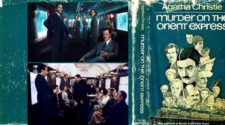


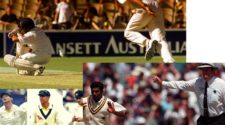




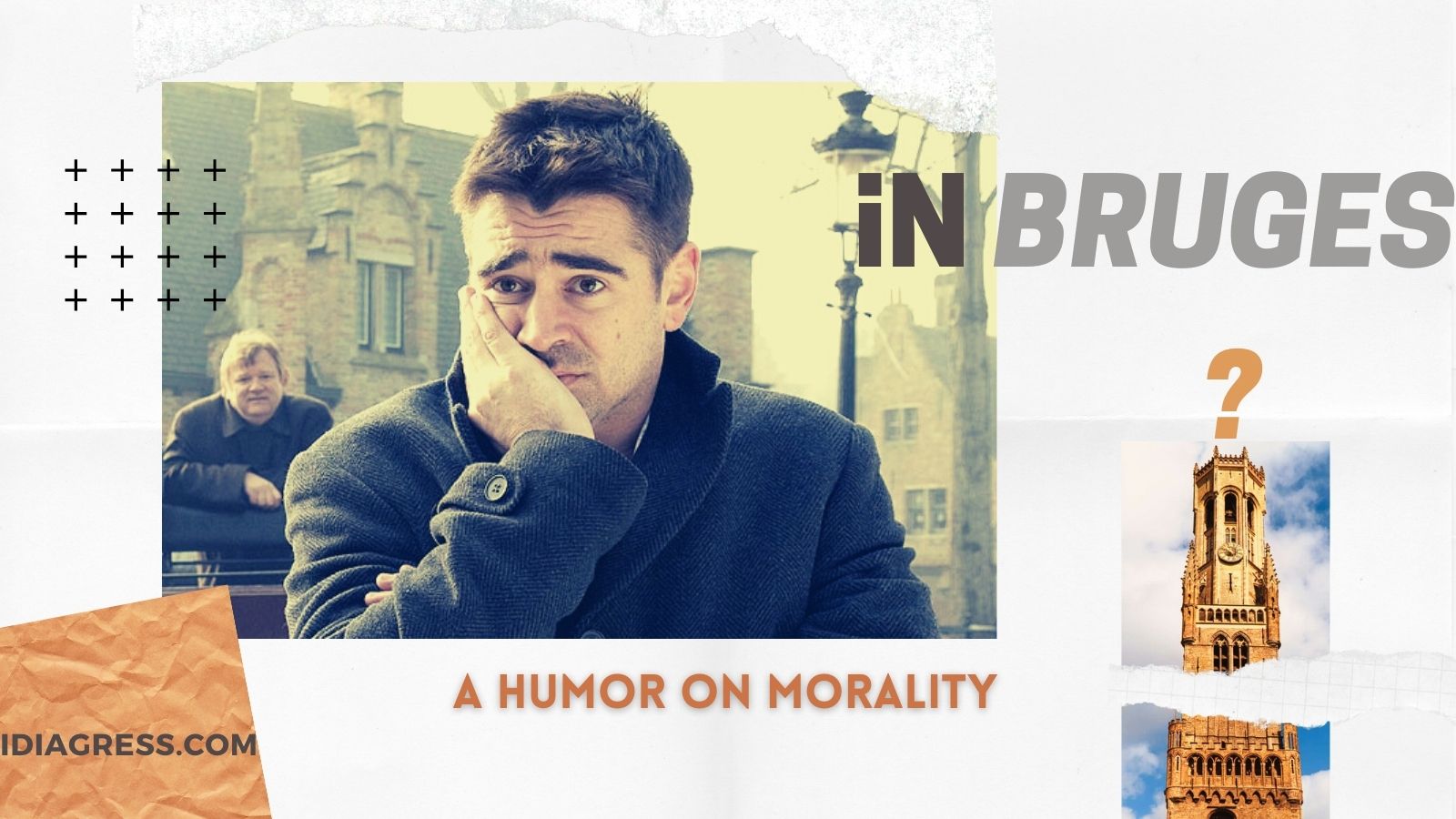
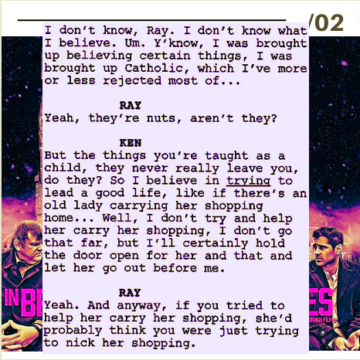

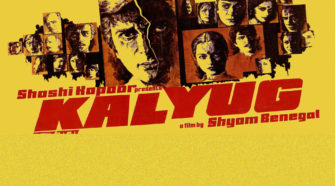
No Comment